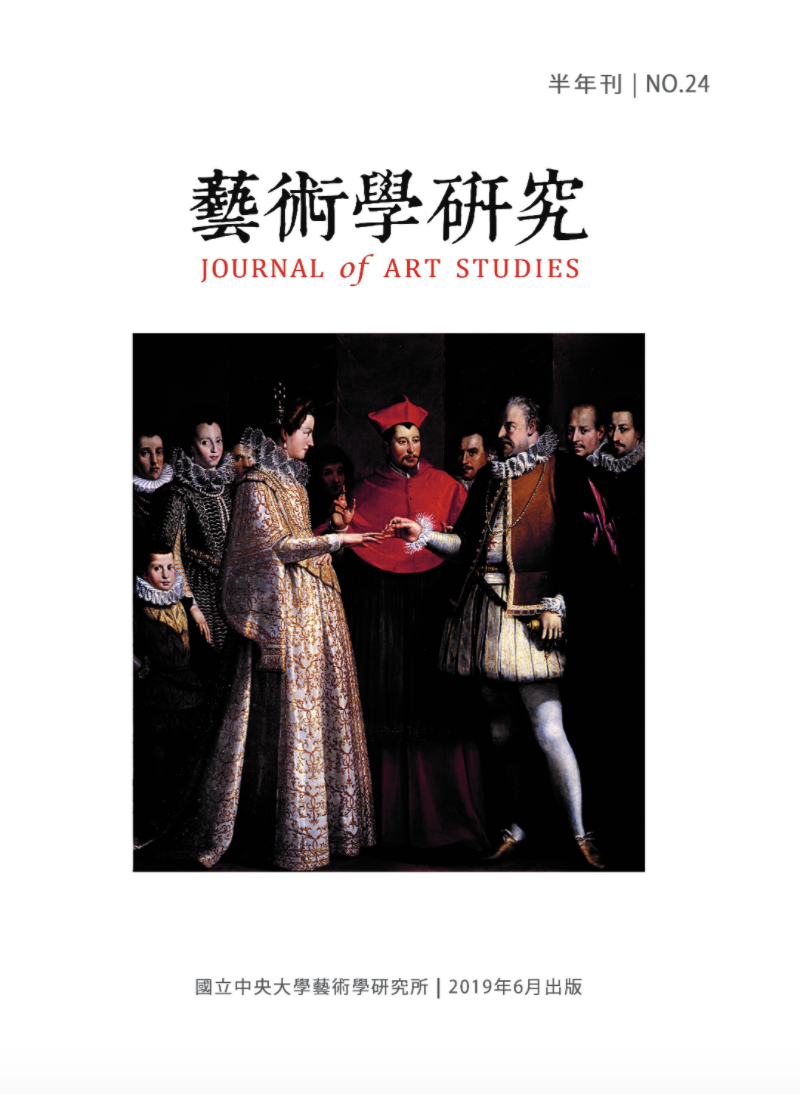本文旨在探討臺北聖家堂內源自法國李維克工作坊在1878年為韋爾維耶市聖心堂(比利時)所製作彩繪玻璃之文化意涵與價值。透過彩窗原貌、場景排序,與閱讀模式的重建, 及 藝術風格的分析、主題內容與圖像的探討,以釐 清彩繪玻璃與教堂空間及觀者的關係、重現它們在比利時聖心堂的原貌、在禮儀空間中的角色,以及所反映出的拿撒勒畫派理念、天主教復興運動、聖徒崇拜風氣,與當代彩繪玻璃工作坊的發展及運作模式。隨著這些彩繪玻璃在2000年被重新安置在臺北的聖家堂,它們的功能也隨之改變;禮儀特色被淡化,但教育及展示特質被加強;與觀者的距離更為親密,同時也成為介紹西方宗教藝術的橋樑。這些彩繪玻璃的歷史文化意義因著異地再利用而更為豐富,足為臺灣的珍貴文化資產。
This study aims to explore the historical, cultural and artistic significance of the stained glass of the Taipei Holy Family Church, designed in the workshop of Charles Lévêque in 1878 for the Sacred Heart Church in Verviers (Belgium). By reconstructing the original sequence of the window scenes, as well as through an analysis of the artistic style, the content and iconographies, this study provides insights of how this stained glass interacts with the liturgical space and the viewers, how these windows mirror the artistic concept of the Nazarene School, the Catholic Revival Movement, the popular veneration of certain saints, and the development of stained glass studios. Further discussions focus on the changed functions of these colored windows, along with their relocation in the Taipei Holy Family Church in 2000; for example, the original liturgical implications subside with enhanced functions as displayed art works and educational media to introduce western culture to the Asian public. These beautiful windows become embedded with rich cultural legacy migrating from Europe to Asia, and should be cherished as one of unique cultural heritage in Taiwan.


